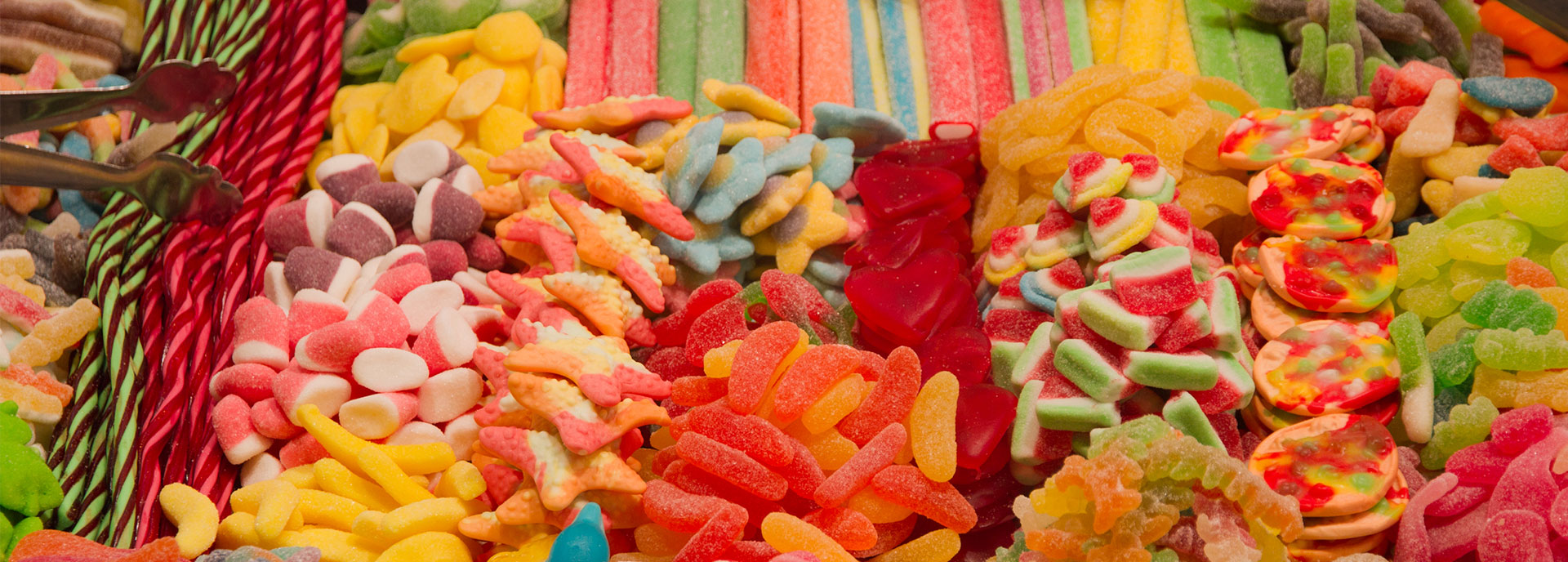Food colouring, often known as a colour additive chemical, is any dye, pigment or chemical that adds colour to food or drink.
They are available in a variety of forms, including powders, liquids, powders, pastes and gels. Food colouring is used in both commercial food production and home cookery.
Blended Food Colours are a blend of two or more food colouring ingredients in various combinations. Because natural colours are scarce, some hues are synthesized chemically using various chemicals. These food colours are commonly used in the milk and processed food industries.
Food colourings are classified into two types:
- Artificial
- Natural
After all, natural colours are preferred considering they are derived entirely from plants. When compared to artificial flavouring, natural colouring appears less dynamic. This, however, does not affect the aroma of your food.
Alliance Organics are distinct exporters of Food Colours that are approved to use in food items. These colours are added to various drinks, dessert shops, and pastry kitchen items that are water-soluble. Furthermore, these colours are made using high-quality, hygienic chemicals. These colours are pure and are available in a variety of hues. They employ high-quality raw materials to manufacture the highest-quality products. We provide the most competitive prices on the market for these food colours.
Blended colours, as the name implies, are created by combining two or more types of various food colours to achieve the desired colour effect. Because the amount of organic food colours on the market is restricted, a huge variety of hues are synthesized artificially using various chemicals.
Blended food colours are a combination of two or more water-soluble food colouring chemicals that can be blended in a variety of ways to produce a wide range of hues. The process of producing blended food colours entails extensive in-house research, with considerable care made to guarantee that they meet international food quality requirements. Blended food colours are the most commonly used goods because they are non-reactive and more stable than other colours.
Blended food colours can also be made to meet the specific needs of consumers. Blended food colours are most typically used in the following applications: Blended food colours are utilized in a variety of food businesses and goods such as confectionery, fruits, ice creams, medications, fruit drinks, and so on.
